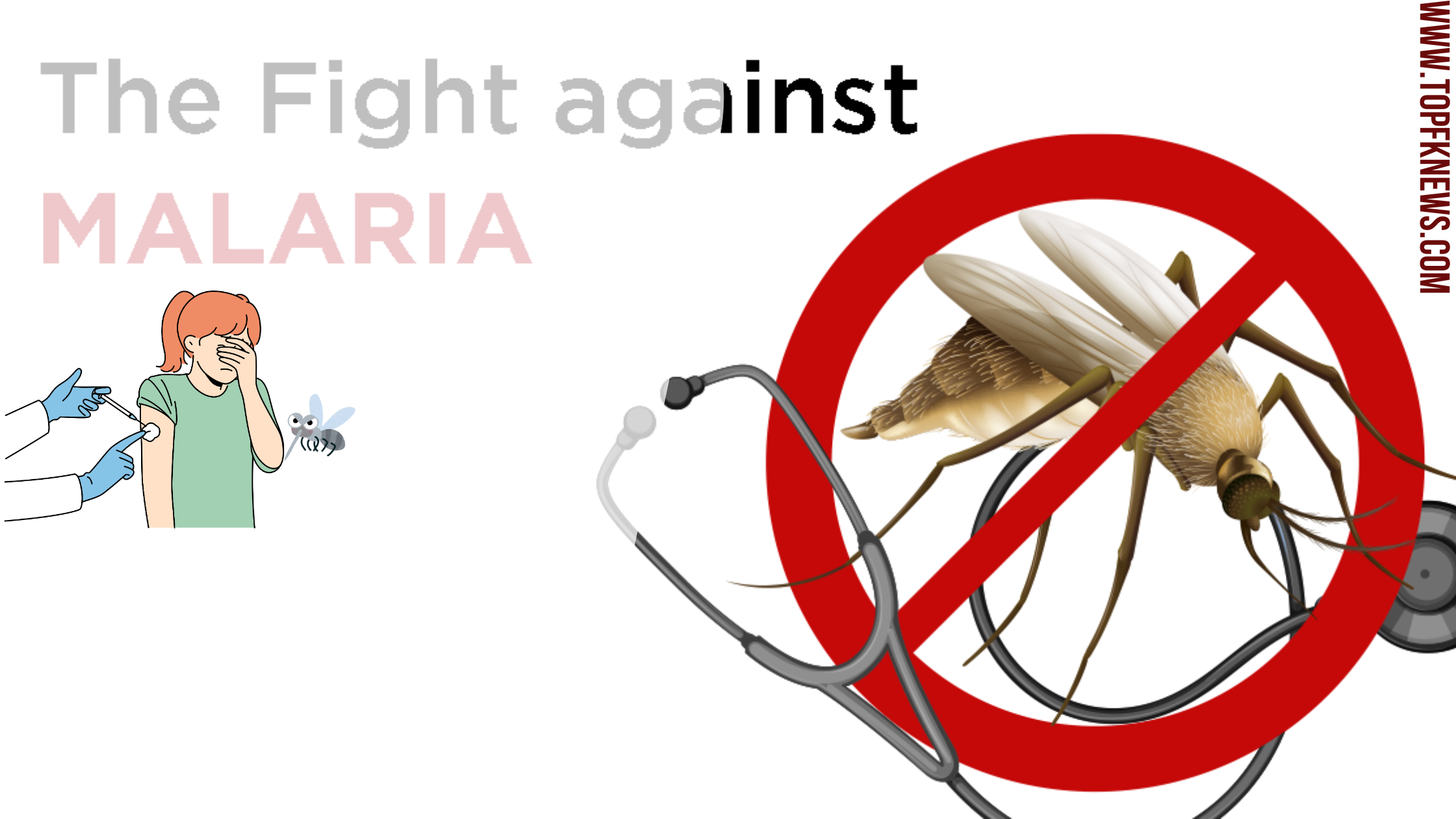Malaria prevention methods such as bed nets and insecticides, which are highly effective in stopping mosquito bites and the disease, are now being seen as contributors to the return of household pests like bed bugs, cockroaches, and flies.
Effective Malaria Treatments and Their Unexpected Benefits
For many years, insecticide-treated bed nets and indoor spraying programs have been crucial in the fight against mosquitoes that carry malaria, a serious global health threat. These methods have proven highly successful, not only in reducing malaria but also in temporarily controlling household pests such as bed bugs, cockroaches, and flies.
The Rise of Household Pests
Recently, a new study has found that as these household insects developed resistance to the insecticides designed to kill mosquitoes, they began to reappear in homes. This resurgence has caused communities to distrust and sometimes abandon these malaria treatments, resulting in increased malaria rates.
Community Perception and Resistance
Chris Hayes, a PhD student at NC State and co-corresponding author of the study published in Proceedings of the Royal Society B, explains, “These insecticide-treated bed nets were not intended to kill household pests like bed bugs, but they were really good at it. That’s what people really liked, but the insecticides are not working as effectively on household pests anymore.” Coby Schal, a professor of entomology and co-corresponding author of the paper, adds, “Non-target effects are usually harmful, but in this case, they were beneficial.”
Hayes notes that for many people, the value of these nets was not just in reducing malaria, but also in killing other pests. There appears to be a link between the widespread use of these nets and insecticide resistance in house pests, especially in Africa.
Contributing Factors to Rising Malaria Rates
The researchers also acknowledge that other factors, such as famine, war, the rural/city divide, and population displacement, may contribute to rising malaria rates. To produce this comprehensive review, Hayes sifted through over 1,200 academic papers on indoor pests, malaria, bed nets, pesticides, and pest control, narrowing it down to 28 relevant studies.
Community Concerns
A 2022 survey of 1,000 households in Botswana found that while 58% of respondents were most concerned about mosquitoes in their homes, over 40% were more worried about cockroaches and flies. Hayes mentions a recent paper indicating that people blame bed nets for the presence of bed bugs and may stop using them when they fail to control pests.
Hope for the Future
Despite these challenges, the researchers remain optimistic. Schal suggests a dual approach: combining mosquito treatment with separate urban pest management or discovering new malaria-control tools that also target household pests. For instance, the bottom portion of a bed net could use a different chemical to target cockroaches and bed bugs. Schal believes that if bed nets could suppress pests effectively, it might reduce the negative perception of these nets.
Funding and Support
This research was supported by the Blanton J. Whitmire Endowment at NC State and grants from various organizations, including the US Department of Housing and Urban Development Healthy Homes program, the Department of the Army, US Army Contracting Command, Aberdeen Proving Ground, Natick Contracting Division, Ft. Detrick, Maryland, and the Triangle Center for Evolutionary Medicine.

